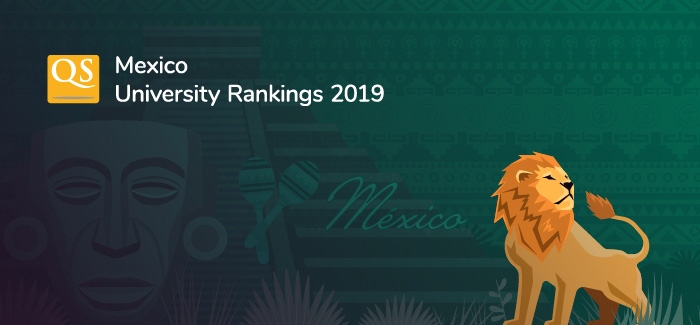Published annually since 2009, the QS Asia University Rankings highlights the top universities in Asia each year. The South Korea rankings follow the same methodology, which is similar to that used for the QS World University Rankings®, but with some additional indicators and adapted weightings. This set of criteria, developed in consultation with regional experts and stakeholders, is designed to reflect key priorities for universities in Asia, drawing on as much available data as possible. Find out more from the QS Intelligence Unit.
The 11 indicators used to compile the QS Asia University Rankings are as follows:
Academic reputation (30%)
This is assessed using data from the large global survey of academics conducted by QS each year. The results of this survey, which asks academics to identify the leading universities in their own subject area, also feed into other rankings and reports produced by QS, including the QS World University Rankings and the QS World University Rankings by Subject. The aim is to give an indication of which universities hold the strongest reputation within the international academic community.
Employer reputation (20%)
This is again assessed using the results of a major international survey, this time of graduate employers, who are asked to identify the universities they perceive as producing the highest-quality graduates. The results of this survey are used to inform a number of other QS research projects, reflecting the importance of employability and employment prospects for today’s university applicants and graduates.
Faculty/student ratio (10%)
This indicator assesses the ratio of full-time academic staff members employed per student enrolled. The aim is to give an idea of how much contact time and academic support students at the institution may expect to receive.
International research network (10%)
Using data provided by Scopus, this indicator assesses the degree of international openness in terms of research collaboration for each evaluated institution. To calculate this indicator the Margalef Index, widely used in the environmental sciences, has been adapted to produce a score that gives an indication of the diversity of an institution’s research collaborations with other institutions in different locations of the world.
Citations per paper (10%) and papers per faculty (5%)
These two indicators are both assessed using data from the Scopus database of research publications and citations. The first assesses the number of citations per research paper published, aiming to give an idea of the impact each institution’s research is having within the research community. The second assesses the number of research papers published per faculty member. This provides an indication of the overall research productivity of the university.
Staff with a PhD (5%)
A new indicator introduced to the QS University Rankings: Asia for 2016, this assesses the proportion of academic staff members qualified to PhD level. This complements the faculty/student ratio indidator, both aiming to provide proxy measures of an institution's commitment to high-quality teaching.
Proportion of international faculty (2.5%) and proportion of international students (2.5%)
The final four indicators all aim to assess how ‘international’ each university is, reflecting the fact that internationalization is a major priority both for universities in Asia and in every world region. These two indicators, also used in the QS World University Rankings, assess the proportion of staff and students at the university who are classed as ‘international’.
Proportion of inbound exchange students (2.5%) and proportion of outbound exchange students (2.5%)
These last two indicators, not used in the global ranking, offer additional insights into the internationalization activity at universities in Asia, assessing the relative size of each institution’s inbound and outbound student exchange programs.
The overall results of the QS Asia Univeristy Rankings are published in an interactive online table, which allows users to compare universities’ performance on individual indicators, or view those with the highest combined scores. To access the full functionality of the table, you first need to log in or register as a site member – this is free and allows you to access exclusive content and resources.




